Three Unexpected Practices for Better Productivity (Talk Deck/Video)
Back in 2018, I had the privilege of visiting with HR leaders at a big beer company to discuss my experiences with teaming inside large organizations.
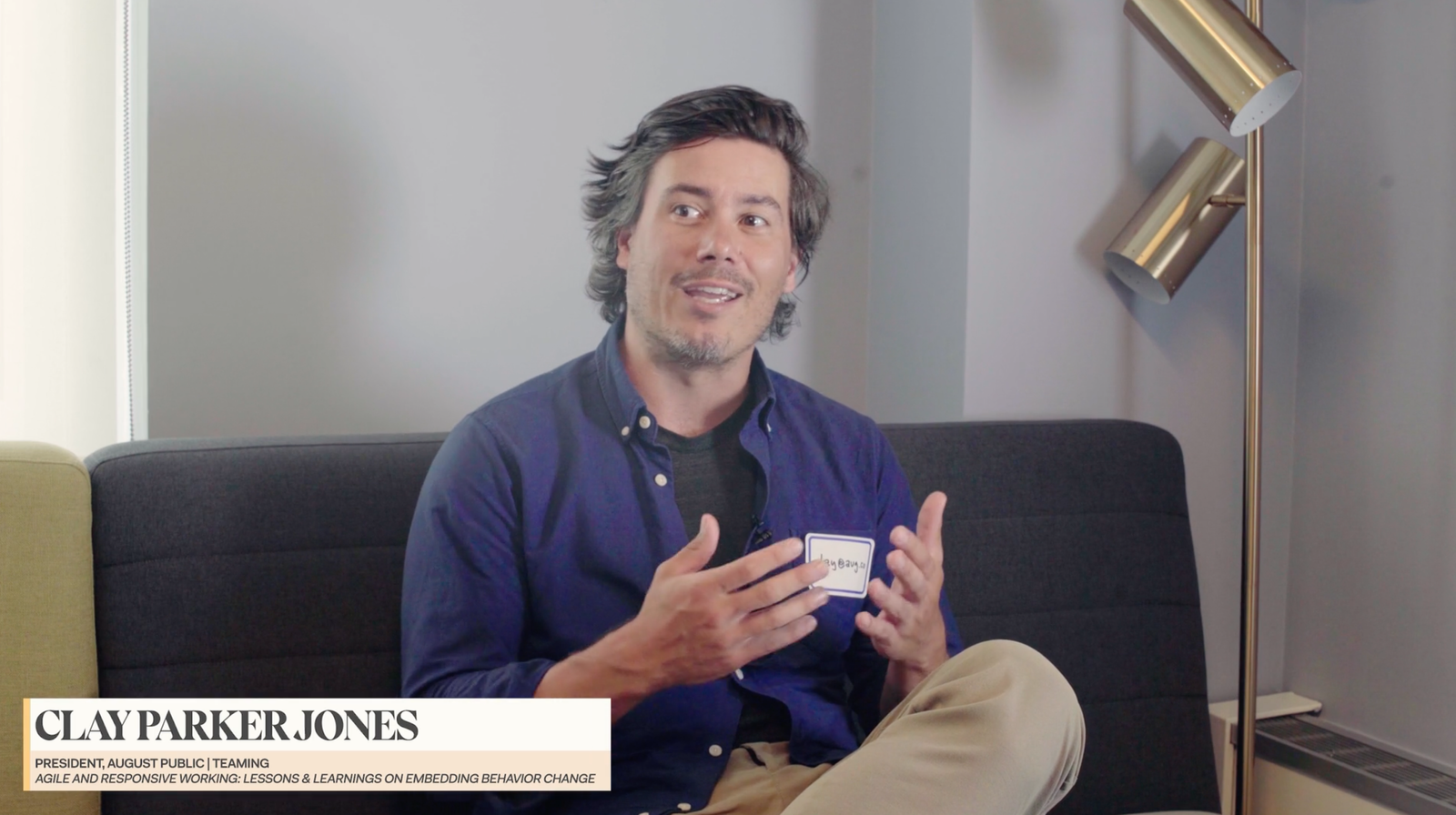
This talk started with a story about my past.
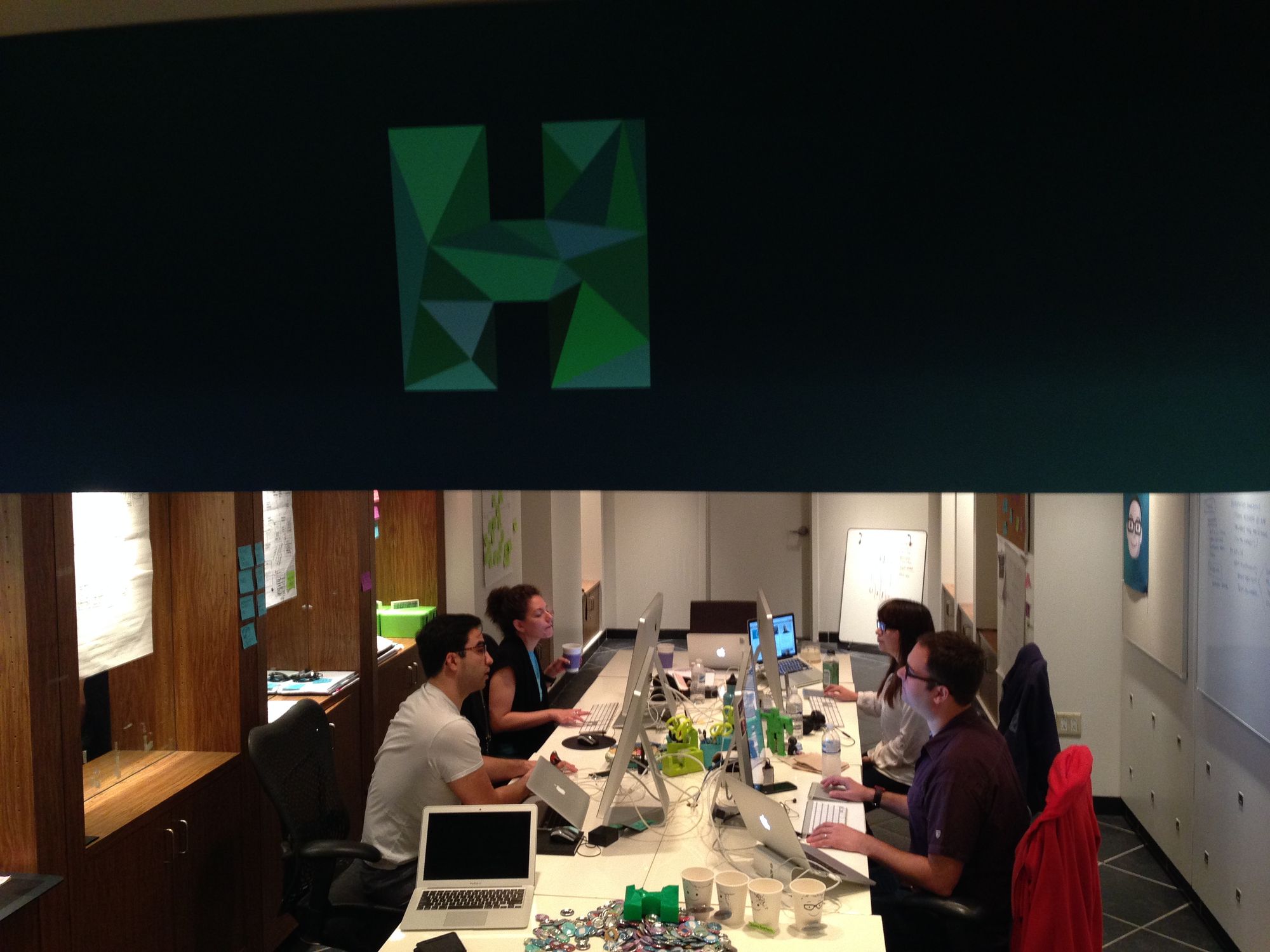
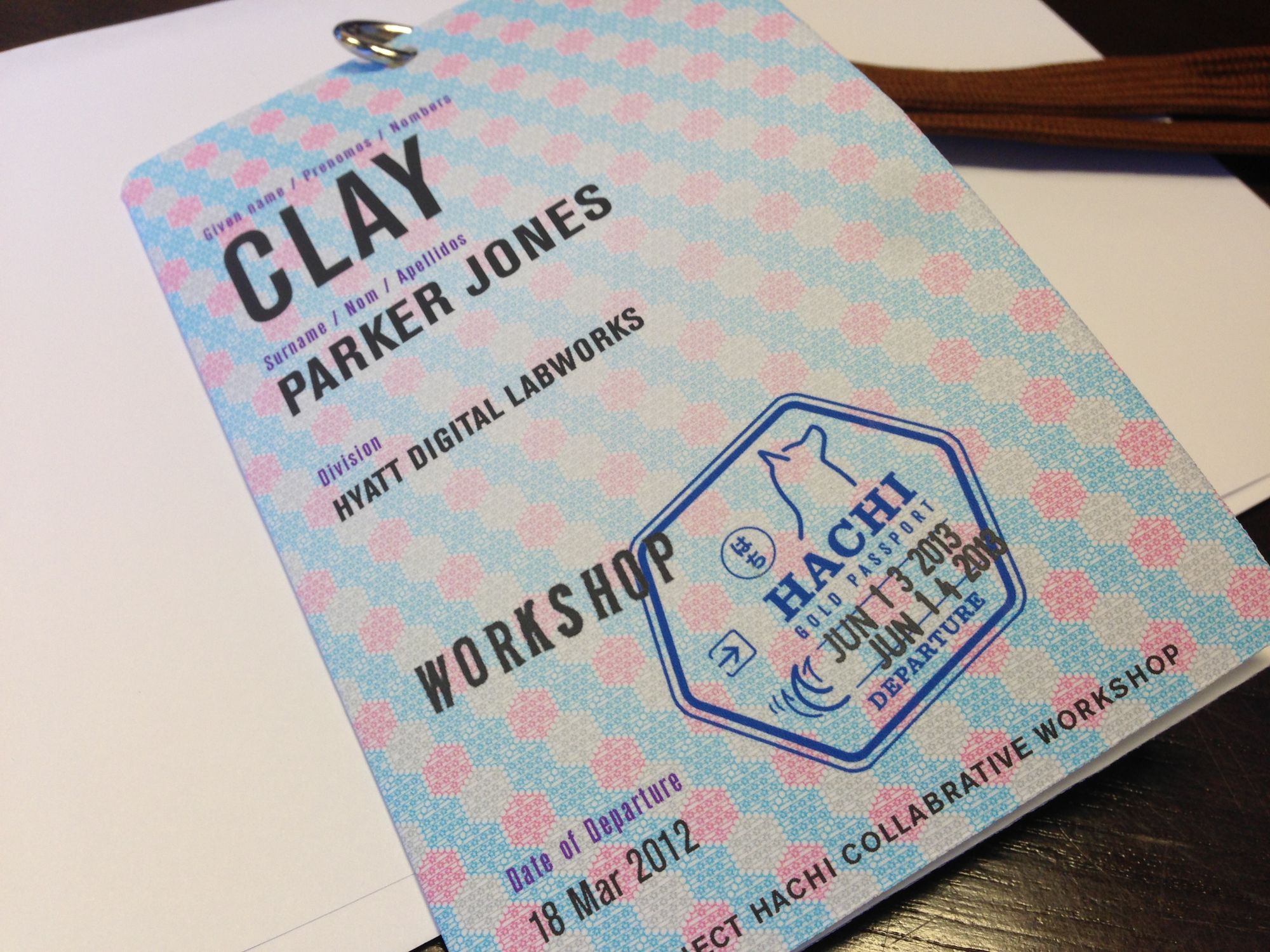
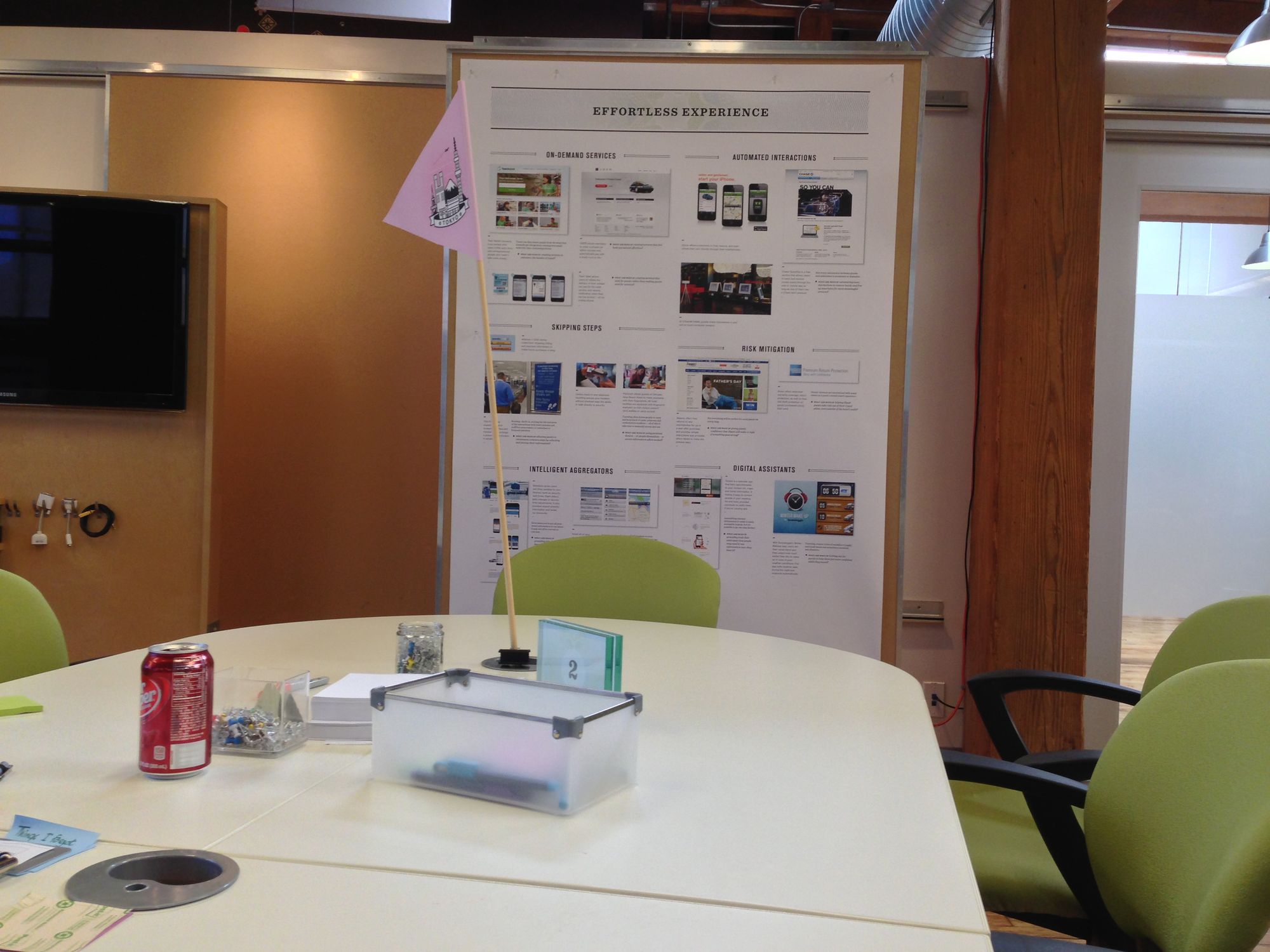
First few slides: from an old engagement with Hyatt. First image is a software lab we built in the Grand Hyatt NYC
Back in 2012, I was working with Hyatt. I've told this story on the blog before – go here to read that story – so I won't retell it now. Except to say that this was the project that demonstrated why organization design matters. There were stacks and stacks of innovation strategies, produced in beautiful detail by many consultancies that cared deeply about their work, and nothing was changing.
Fast forward to 2018, and while we were making progress, it was clear that things weren't getting better.
Even despite agile having been around since the early 2000s! And same with design thinking! Lean startup has origins in the 50s and 60s! We know what to do!
And yet...
We're still doing the innovation strategy song-and-dance. Sometimes it works! Most of the time it ends up on a shelf.




Next few slides
What's needed instead? A new operating system. New DNA. Whatever flawed but useful metaphor you like – something has to be different.
And the way we were doing this was working!
- Help leadership re-think how they show up, and re-skill for a new kind of work.
- Accelerate (by way of coaching) key priorities in the org to show that a new way is possible.
- Adjust structure to suit the changes that are underway.
- Repeat, and get better.
The coaching and training bits we were using were Retrospectives, Action meetings, Consent decision-making, Mission-driven structure, Multiplayer mode, and clear Decision-rights.
The outcome was a set of structures that looked less like Type 1 orgs (tuned for certainty) and more like Type 2 orgs (tuned for uncertainty).
This isn't just cool. It works. It's better.



"Why you should care" slides
We were seeing org health improvements like...
- Everyone’s voices are heard equally +32pt
- Have access to the information I need +32pt
- Clarity about my role on the team +27pt
- Have alignment on teammates’ priorities +31pt
- Have autonomy to make critical decisions +28pt
And things that used to take two years would instead take six weeks. No fooling!
But it can be even better than that.

My hypothesis at the time was that if we really wanted to fix things, we needed to focus our work on how we do these four key organizing activities:
- Vetoing the appointment of individuals into roles, jobs or tasks on a team
- Delegating or assigning work within the team
- Appraising the effectiveness or merit of individual team members’ work
- Deciding to initiate the removal of individuals from their roles, jobs or tasks
These are the hard things. These are usually the secret or at least unspoken things. These are usually left up to just one person and their black box. How could they work better?
Consent makes it safe to say no



The way we normally make decisions is to campaign for approval. In the meeting. Outside of the meeting. This is called the game and if you don't play it, you're toast – your effectiveness dries up because you've got no political capital.
But because generally people are nice, they end up giving pretend yesses in meeting rooms where decisions get made.
In their mind, they're thinking hell no. And probably for some kind of good reason!
So we need to draw out the "No" – and one of the most famous manufacturing management tools ever, the Andon Cord, is based on this. Make it safe to say no.



Introducing consent
The solution is to decide in a different way.
Consent makes this easy by giving everyone a process to follow. Not a free-for-all, but not Robert's Rules of Order, either.
Once you've learned this method, it starts to creep into everything, so a word of warning: don't use it for operational or tactical decisions.
Instead, use it for boundaries. Use consent to decide who gets to make operational calls. For what a team's budget should be. To adjust a team's purpose. To define local ways of working. To amend role or job descriptions. You know, for structural stuff.
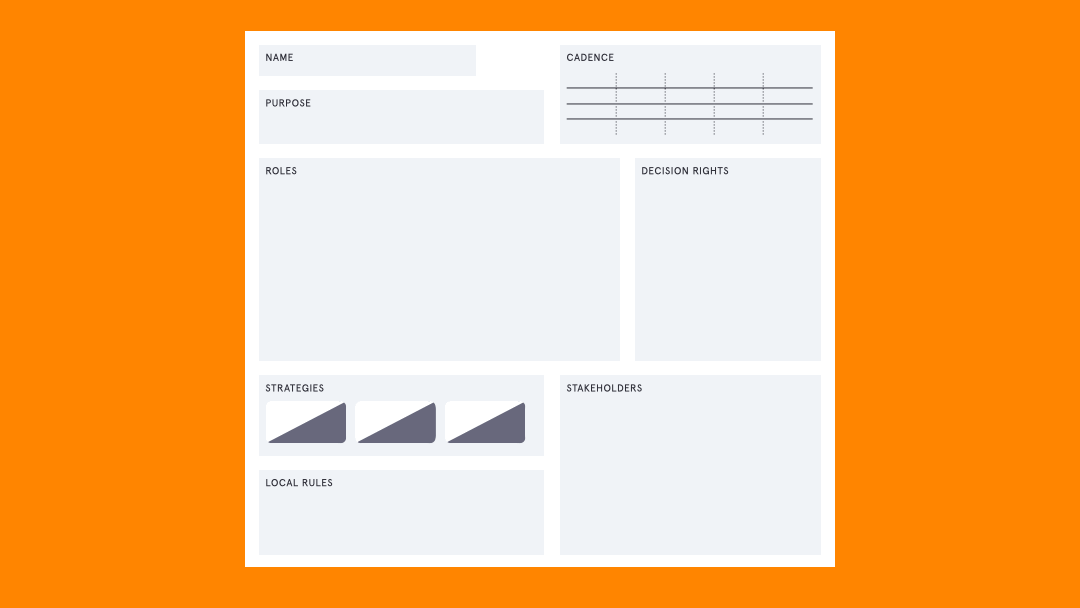
Elections put the best people on the job
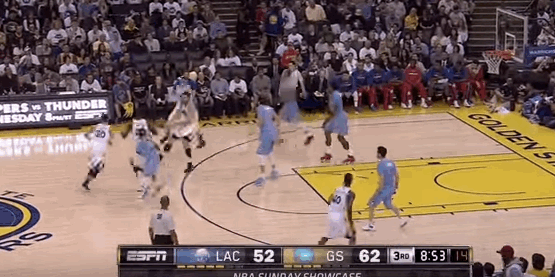
Something that’s been fascinating me for a long time
Not only is Steph the best shooter of all time. Between 2014 and 2015 he was one of the most improved shooters in the league.
And yet when he was getting scouted, the report looked like this.
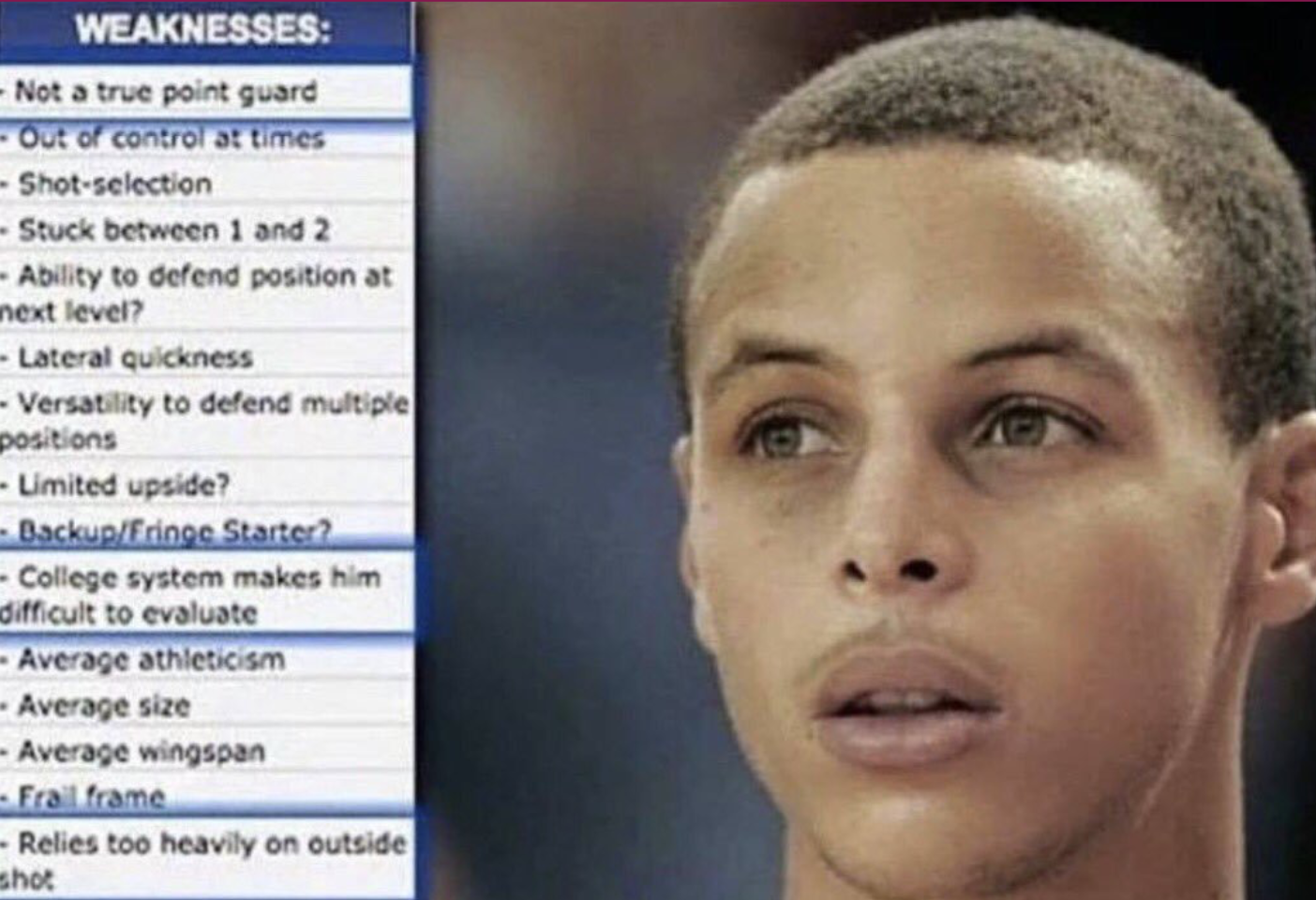
- Frail frame
- Shot selection
- Quickness
- Limited upside
- Average, average, average, average
But it’s not just Steph. Draymond and Klay are also incredible success stories (decent players that are now en route to becoming Hall of Famers). And the league is packed with stories of guys that were tossed into trades and became starters.
Player development experts agree that setting is the critical factor in how well NBA players do. Players aren’t fixed commodities – they’re a 4/10 in one setting, and a 9/10 in another.
Same thing goes for everyone, ever. You there, behind the screen: you're probably not even scratching the surface of what you can do.
So yeah, we find this in corporate environments, too.
Talent seems like the problem, but that’s rarely been the case – most people in most big organizations are talented enough to do the work – but they’re too disengaged to dig in.
Their specific circumstance or setting is what is getting in the way.
We need an alternative.


Introducing: Elections
Elections are an alternative to normal, usually tacit methods for deciding who should do the work. Note that I’m emphasizing should: the idea is not to get to who wants to do the work, or who has to do the work, but rather the best possible person to do the work right now.
Run elections this way, because most alternatives encourage gaming, bias, and politics. This is also known as business as usual.
Here's a guide:
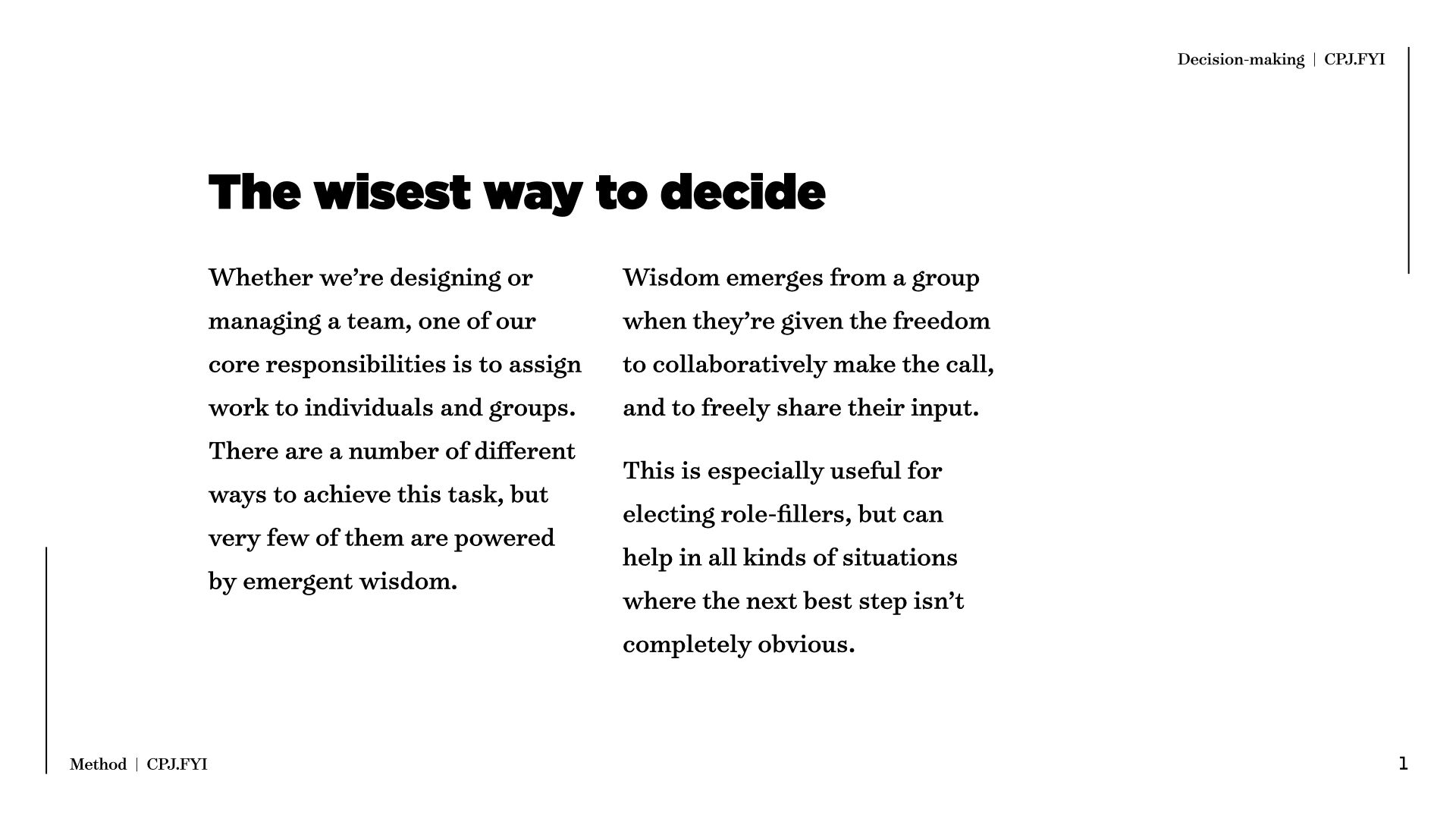
Representatives keep empathy alive at the top

Quick version of this story. Apparently there are a bunch of studies that show that when you look at a video of someone squeezing a ball, your brain mirrors what you're seeing; neurons fire in your brain as if you're squeezing it yourself.

Unless you're a high-power individual. Even if you control for a variety of other variables, high-power people have less mirroring. Which maybe means they have less empathy. According to, you know, the science.
This means that most corporate leadership teams – and most boards of directors – are staffed with folks that, for whatever reason, have less empathy happening. Regardless of why this is the case, it means we need to design different leadership structures that put people with more empathy in the rooms where major decisions are getting made.
Who should those people be?
IMO: leadership team meetings should include one representative from each team that reports into it.



Introducing: Representatives
Use the election process, above, to decide who gets to be the representative. These people aren't on the team, as such, but they get to go to the meetings and participate when decisions are getting made. One person to push good data up. One person to push action forward.



Wrapping up
So to sum up:
- Teams go faster when they have clear boundaries. Full stop. Consent is the best way to create boundaries, because it makes it easier to say no.
- Elections generate better teams by putting the right people in the right spot at the right time.
- Leadership decisions get better when we give elected representatives a seat at the table.
Fun fact though – these general purpose technologies were developed in the 1880s. They just became a good idea for big corporates because we have the technical infrastructure to support ecosystems of thousands of teams.
I have no idea why I ended this talk on this extremely upsetting quote from Lester Frank Ward, but I was super interested in his Dynamic Sociology at the time. Cool book, weird way to close a session.
Instead, I should have workshopped the ideas with them so they could see how cool they are.
Anyway. Here's a lil' summary.
Here's a little video they took afterward where I summarize the benefits of doing the things I recommended



Comments